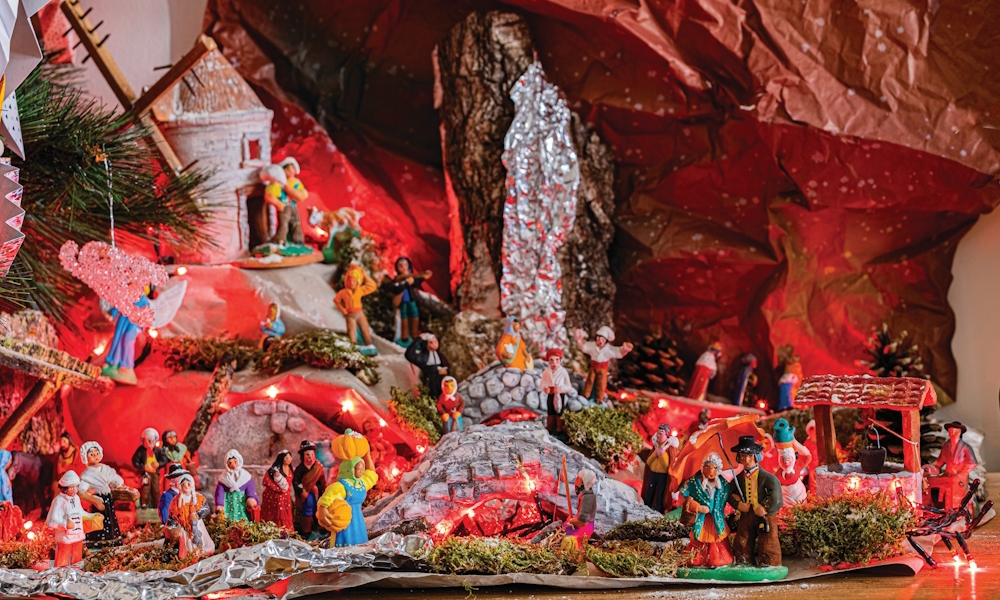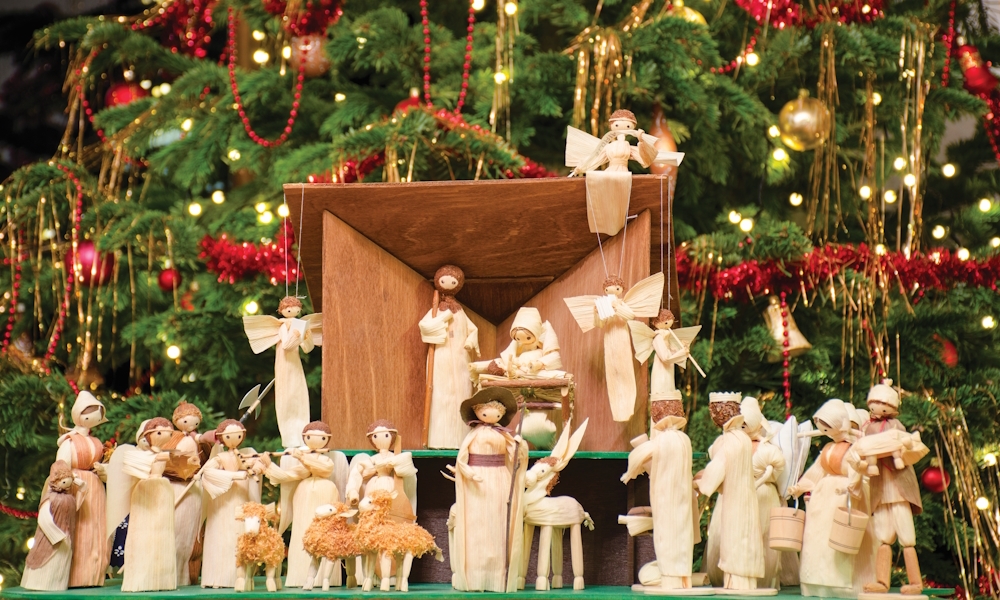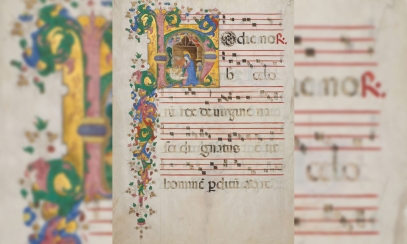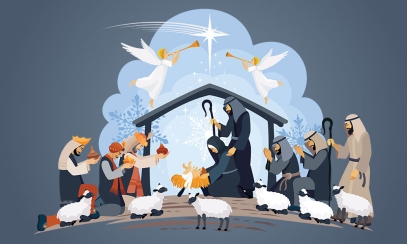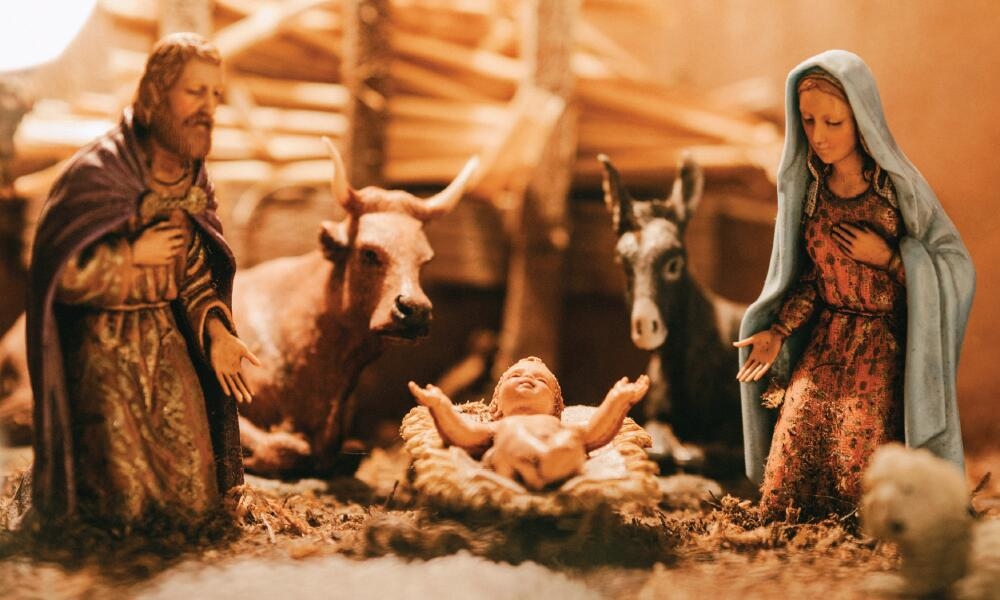
A history of the nativity scene
“The nativity scene is like a living Gospel rising up from the pages of sacred Scripture.” – Pope Francis’ Apostolic Letter, Admirabile Signum, “On the meaning and importance of the Nativity scene”, 2019
“The nativity scene is like a living Gospel rising up from the pages of sacred Scripture.” – Pope Francis’ Apostolic Letter, Admirabile Signum, “On the meaning and importance of the Nativity scene”, 2019
As Catholics, nativity scenes, or creches, fill us with wonder and move us deeply. Why? Perhaps because, in the words of Pope Francis, “they show God’s tender love: the Creator of the universe lowered himself to take up our littleness.”
It is a time-honored tradition in our households to carefully unwrap all the figures each year and then thoughtfully arrange them. Many families wait to put the infant Jesus in the manger until Christmas, or at least until after the Vigil Mass on Christmas Eve. Although setting up the creche is something we do every year during Advent, we eagerly await the time when we can see the faces of the Holy Family and the Magi again on our figurines, and arrange the animals just right around the infant Jesus to pay him homage.
The role of St. Francis
Although this is a tradition that dates back centuries, you may not have realized that St. Francis of Assisi played a big role in helping to spread the popularity of nativity scenes throughout Europe. According to Tradition and the writings of St. Bonaventure, in the year 1223, St. Francis wanted to celebrate Christmas in a new way in the town of Greccio (near Assisi), such that people could picture themselves in that scene on the first Christmas night.
On Dec. 25 of that year, St. Bonaventure wrote: “St. Francis prepared a manger, and brought hay, and an ox and an ass to the place appointed. The brethren were summoned, the people ran together, the forest resounded with their voices, and that venerable night was made glorious by many and brilliant lights and sonorous psalms of praise.” At Greccio there were no statues; the nativity scene was enacted and experienced by all who were present.
The earliest nativity scenes
Although living re-enactments became popular after that 13th-century Christmas night, carved or painted nativity scenes had been around since the early days of Christianity. The earliest nativity scene is a fresco in a catacomb of St. Valentine in Rome, dated from the fourth century, which included Jesus, Mary, Joseph, the Magi and a star. The first-known nativity scene with carved figurines dates from the 13th century and can be found in the Basilica of Santa Maria Maggiore in Rome.
Traditions from around the world
FRANCE
French creche scenes often include santons, or “little saints,” which are hand-painted terracotta figurines that represent villagers.
Poland
Polish nativity scenes, called Szopka, are very colorful and focus on distinctive architecture such as baroque domes and Gothic spires.
Korea
A Korean nativity scene may include Jesus being welcomed by a magpie bird singing in a tree. Clothing for all the figures is traditional Korean.
Germany/Austria
Creche scenes in Germany/Austria are known for hand-cut rounded wooden figures.
Czech Republic
Traditional Czech creches are made of paper and yet are very detailed.

